Spondylitis
Description

Spondylitis refers to inflammation of the vertebrae in the spine. It is a term often used to describe several different types of inflammatory conditions affecting the spine. One of the most common types is ankylosing spondylitis, which is a chronic inflammatory arthritis that primarily affects the sacroiliac joints and the spine, causing pain, stiffness, and eventually fusion of the vertebrae.
Ankylosing spondylitis (AS) is an autoimmune condition where the body’s immune system mistakenly attacks the joints, particularly those in the spine and pelvis. Over time, this inflammation can lead to new bone formation, causing the vertebrae to fuse together. This fusion results in decreased flexibility and mobility of the spine, leading to symptoms such as:
- Chronic lower back pain and stiffness, typically worse in the morning and after periods of inactivity.
- Pain and stiffness in the hips and shoulders.
- Difficulty bending or turning the spine.
- Fatigue and general discomfort.
- In severe cases, difficulty breathing due to reduced chest expansion.

In Ayurveda, spondylitis is often referred to as “Griva Sandhigata Vata” or “Manya Stambha.” It is considered to be primarily caused by an imbalance of the Vata dosha, which governs movement and nervous system functions in the body. The accumulated Vata in the neck region leads to inflammation, pain, stiffness, and degenerative changes in the cervical spine.
Ayurvedic treatment for spondylitis focuses on balancing the Vata dosha, reducing inflammation, relieving pain, improving mobility, and preventing further degeneration. Here are some common Ayurvedic approaches used for managing spondylitis:
“Agnikarma” is an ancient therapeutic procedure originating from Ayurveda, the traditional system of medicine in India. It is a form of cauterization therapy that involves the use of heat to treat various ailments, particularly musculoskeletal disorders, pain conditions, and certain skin conditions. The word “Agnikarma” is derived from two Sanskrit words: “agni,” meaning fire, and “karma,” meaning action or procedure.
During an Agnikarma procedure, a specific point on the body is targeted with controlled application of heat, typically using a heated instrument or a specialized herbal preparation. The heat is applied to the affected area for a specific duration, usually until a therapeutic effect is achieved, such as pain relief or reduction in inflammation.
Agnikarma is believed to work by stimulating circulation, promoting healing, and balancing the doshas (energies) in the affected area. It is often used to alleviate conditions such as:
- Musculoskeletal Pain: Agnikarma is commonly used to relieve pain and stiffness associated with conditions like arthritis, joint pain, and muscular spasms.
- Neurological Disorders: It may be employed to manage neurological conditions such as sciatica, neuralgia, and paralysis by stimulating nerve function and reducing pain perception.
- Skin Diseases: Agnikarma can be used to treat certain skin disorders like warts, corns, and non-healing ulcers by cauterizing the affected tissues and promoting healing.
- Soft Tissue Injuries: It may be utilized to accelerate healing and reduce inflammation in soft tissue injuries like sprains, strains, and tendonitis.
- Chronic Conditions: Agnikarma is sometimes recommended for chronic conditions that have not responded well to other forms of treatment, offering an alternative approach to pain management and symptom relief.
- Herbal Remedies:
- Ayurvedic herbs with anti-inflammatory and analgesic properties are commonly used to reduce inflammation and alleviate pain in spondylitis. Examples include:
- Ashwagandha (Withania somnifera)
- Shallaki (Boswellia serrata)
- Guggulu (Commiphora mukul)
- Turmeric (Curcuma longa)
- OJOREX VAAT TREATMENT KIT BY MAHAYURVED

- These herbs can be taken internally as decoctions, powders, or tablets, or applied externally as herbal oils for massage.
- Ayurvedic herbs with anti-inflammatory and analgesic properties are commonly used to reduce inflammation and alleviate pain in spondylitis. Examples include:
- External Therapies:
- Localized treatments such as Abhyanga (Ayurvedic oil massage) and Pinda Sweda (herbal poultice massage) can help reduce pain, stiffness, and muscle tension in the neck and shoulders.
- Shirodhara, a therapeutic technique involving a continuous stream of warm herbal oil poured over the forehead, can promote relaxation and relieve tension in the neck and upper body.
- Ayurvedic Panchakarma:
- Panchakarma therapies, such as Basti (medicated enema), Virechana (therapeutic purgation), and Nasya (nasal administration of medicated oils), may be recommended to detoxify the body, balance the doshas, and alleviate symptoms of spondylitis.
- Specific Panchakarma procedures like Greeva Basti (warm oil treatment on the neck) and Kati Basti (warm oil treatment on the lower back) target the affected areas of the spine and provide localized relief.
- Diet and Lifestyle Modifications:
- Following a Vata-pacifying diet, which includes warm, nourishing, and easily digestible foods, can help balance Vata and support the health of the cervical spine.
- Lifestyle recommendations may include practicing gentle neck exercises, maintaining proper posture, avoiding prolonged sitting or standing, and managing stress through relaxation techniques like yoga and meditation.
- Yoga and Pranayama:
- Gentle yoga asanas (postures) and pranayama (breathwork) exercises can help improve flexibility, strengthen muscles, and reduce stiffness in the neck and shoulders.
- Yoga poses such as Cat-Cow stretch, Neck Rolls, and Cobra pose (Bhujangasana) can be beneficial for individuals with spondylitis, but it’s important to practice under the guidance of a qualified instructor to prevent injury.
“Agnikarma” is an ancient therapeutic procedure originating from Ayurveda, the traditional system of medicine in India. It is a form of cauterization therapy that involves the use of heat to treat various ailments, particularly musculoskeletal disorders, pain conditions, and certain skin conditions. The word “Agnikarma” is derived from two Sanskrit words: “agni,” meaning fire, and “karma,” meaning action or procedure.
During an Agnikarma procedure, a specific point on the body is targeted with controlled application of heat, typically using a heated instrument or a specialized herbal preparation. The heat is applied to the affected area for a specific duration, usually until a therapeutic effect is achieved, such as pain relief or reduction in inflammation.
Agnikarma is believed to work by stimulating circulation, promoting healing, and balancing the doshas (energies) in the affected area. It is often used to alleviate conditions such as:
- Musculoskeletal Pain: Agnikarma is commonly used to relieve pain and stiffness associated with conditions like arthritis, joint pain, and muscular spasms.
- Neurological Disorders: It may be employed to manage neurological conditions such as sciatica, neuralgia, and paralysis by stimulating nerve function and reducing pain perception.
- Skin Diseases: Agnikarma can be used to treat certain skin disorders like warts, corns, and non-healing ulcers by cauterizing the affected tissues and promoting healing.
- Soft Tissue Injuries: It may be utilized to accelerate healing and reduce inflammation in soft tissue injuries like sprains, strains, and tendonitis.
- Chronic Conditions: Agnikarma is sometimes recommended for chronic conditions that have not responded well to other forms of treatment, offering an alternative approach to pain management and symptom relief.
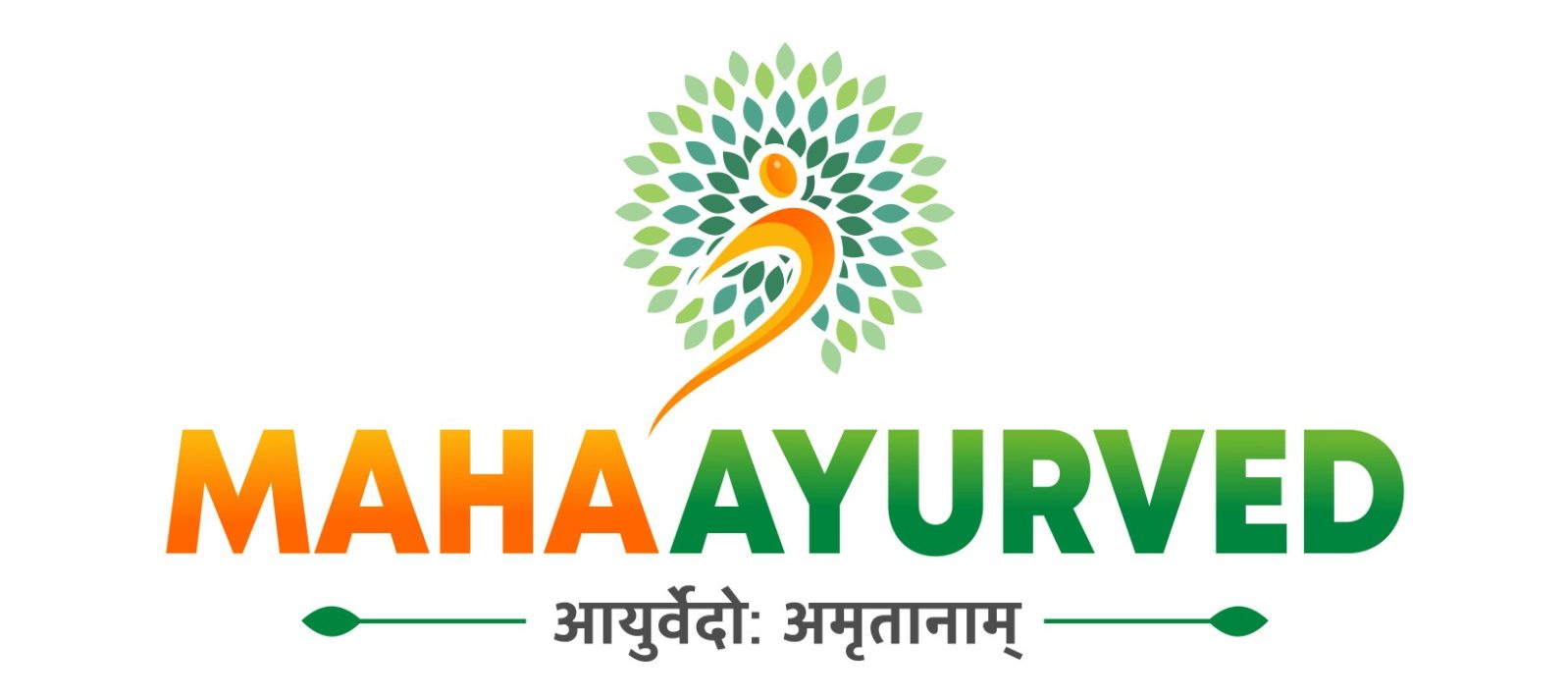

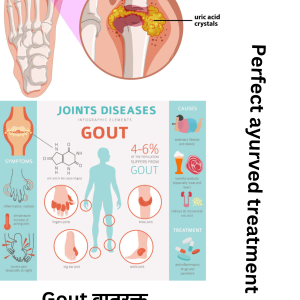
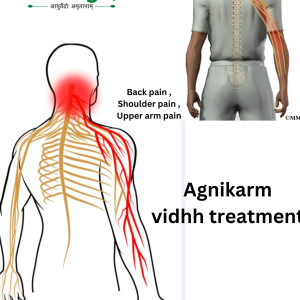
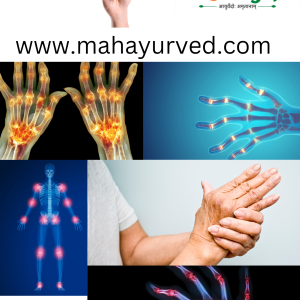
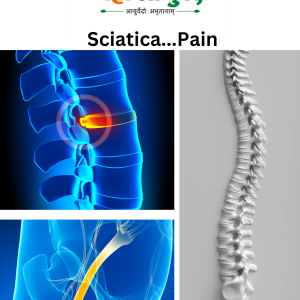
Reviews
There are no reviews yet.